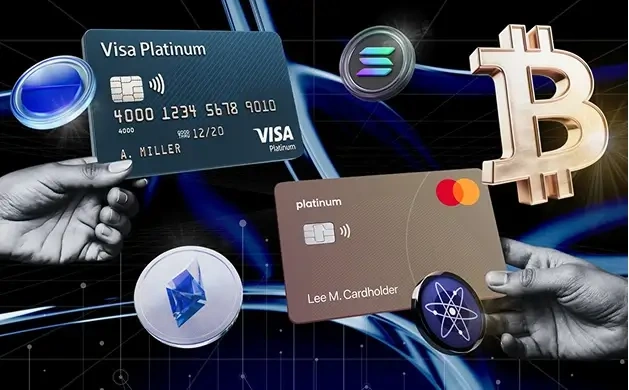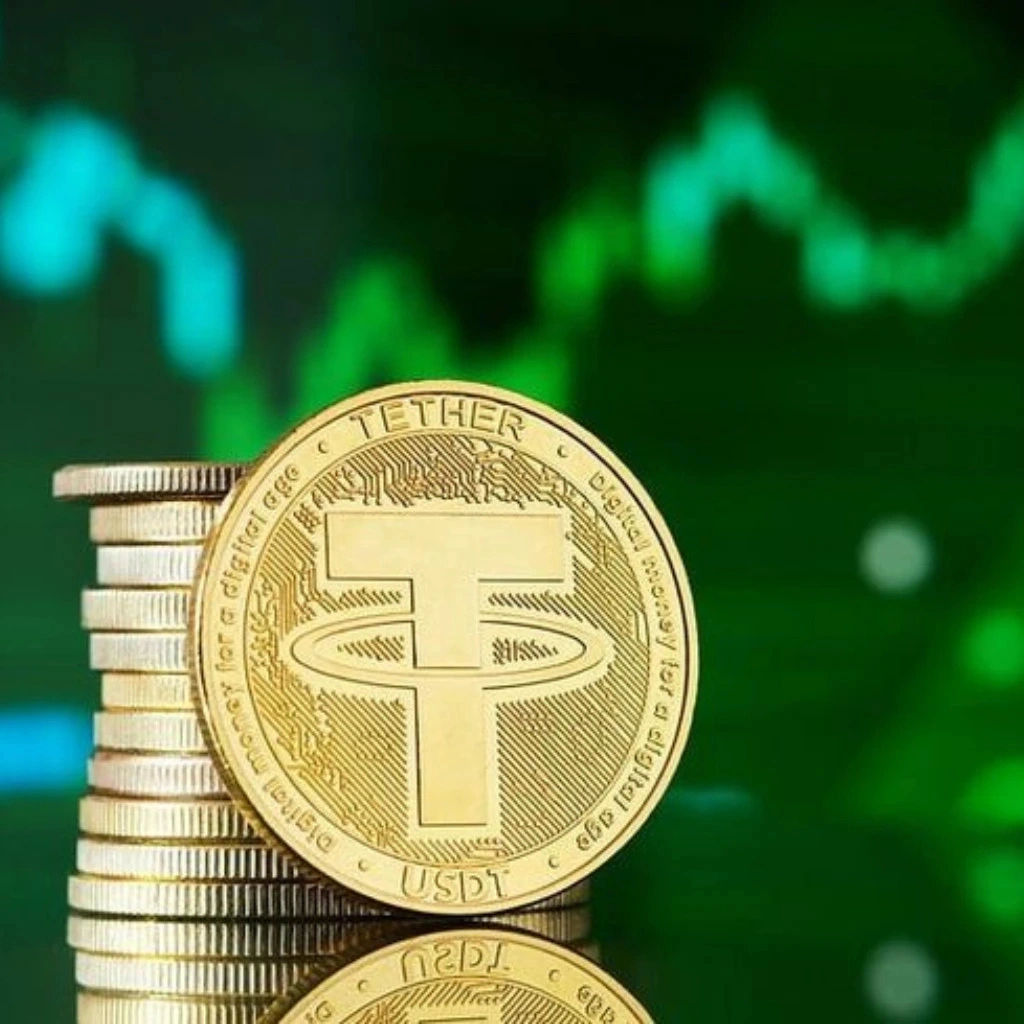Crypto vs. Cash vs. Cards: Which One Actually Saves You Money When Traveling?
January 8, 2025

Crypto travel savings: So, you’re planning that dream trip. Flights are booked, hotels sorted, and your search history is now 90% gelato. Then you stumble upon a claim: “Ditch the banks—use crypto and skip foreign transaction fees!” Bold, but is it true?
Let’s compare crypto, cash, and cards across 5 key travel factors—so you can pick the smartest way to spend abroad.
1. Transaction Fees


- Credit/Debit Cards:
Usually charge a 1–3% foreign transaction fee, plus potentially bad exchange rates. ATM withdrawals? Add more fees on top. - Cash:
Exchange houses can charge hidden markups. Airport rates? Usually awful. You might lose 5–10% overall if you’re not careful. - Crypto:
No traditional bank fees, true—but crypto-to-fiat conversion fees range from 0.5% to 2%, depending on the platform. Better than banks? Sometimes.
Winner: Crypto, but only if you’ve got the right card or method.
2. Currency Conversion Hassle
- Cards:
Super convenient, but you’ll deal with the bank’s exchange rate (and it’s rarely the best). - Cash:
You’ll need to exchange before you go or hunt down decent rates in-country. Tedious. - Crypto:
With crypto cards (like from Binance or Crypto.com), your crypto gets converted to local currency at purchase—automatically. Peer-to-peer payments? No conversion needed at all.
Winner: Crypto, especially with a good crypto card or direct payment.
3. Volatility & Risk


- Cards & Cash:
Stable. Your $10 is $10 tomorrow. - Crypto:
Crypto markets are wild. Pay $20 for lunch today, and tomorrow that same crypto might’ve dropped 10%—or risen 15%. Unless you use stablecoins like USDT or USDC, expect swings.
Winner: Cards/Cash—no surprises.
4. Acceptance Around the World
- Cards:
Widely accepted in urban and touristy areas, though some places are still cash-only. - Cash:
Universally accepted—especially handy for taxis, markets, or rural spots. - Crypto:
Growing fast, but still niche. El Salvador? Yes. Parisian cafés? Not so much. Some crypto debit cards don’t work in certain countries or get declined more often.
Winner: Cash, with cards a close second.
5. Crypto travel savings: Hidden Hiccups
- Cards:
Card declines, fraud alerts, or limits can catch you off guard. And don’t forget to notify your bank you’re traveling. - Cash:
Risk of theft or running out. And carrying a bunch of cash? Stressful. - Crypto:
Watch out for network fees (especially with ETH or BTC), KYC delays on exchanges, and the dreaded “card not accepted here” moments. Also, you’re at the mercy of app outages or wallet issues.
Winner: Cards, for being the least stressful if managed right.
Crypto travel savings: So, What’s the Best Travel Payment Option?
It depends on your travel style and comfort level:
- Crypto is best for digital nomads, tech-savvy travelers, or trips to crypto-friendly countries.
- Cards win on ease and global acceptance—just watch those fees.
- Cash is essential as a backup, especially for small vendors, emergencies, or places where tech fails.
Crypto travel savings: Final Thought
Can crypto save you money while traveling? Yes—but only if you do your homework, pick the right tools, and understand the risks. For most casual travelers, a hybrid setup (card + some crypto + emergency cash) is the smartest play.
Because let’s be real: even in 2025, you still can’t tip a street performer with Bitcoin. Yet.
Relevant news: HERE

